UV Protection Lens Filters: Should You Use One?
Imagine this: you're on a beautiful beach, capturing stunning shots of the endless horizon and crystal-clear waters with your camera. Suddenly, you notice that your lens has some smudges and small scratches that are affecting the image quality.
You realize that the salty air and sand particles have taken a toll on your lens, and you wish you had a way to protect it. This is where a UV protection lens filter comes in handy.
If you're not familiar with it, don't worry. In this article, we'll dive into what they are, how they can protect your lens, and what factors to consider when choosing one.
UV protection lens filter is a classic and popular photography accessory that can help shield your lens from dust, scratches, and other environmental factors that can cause damage over time.
So, let's explore the benefits of using a UV protection lens filter and how it can enhance your photography experience.

In this article, you will learn:
- What Is a UV Protection Lens Filter?
- What Is the Use of a UV Protection Lens Filter?
- Is a UV Protection Lens Filter Necessary?
- Things to Consider When Buying a UV Protection Lens Filter
- UV Protection Lens Filter Buying Guide and Recommendations
- Final Thoughts About UV Protection Lens Filter
What Is a UV Protection Lens Filter
UV stands for Ultraviolet, which refers to Ultraviolet rays. A UV protection lens filter is a clear, colorless filter that is capable of blocking these ultraviolet rays.
However, it's important to note that this filter isn't the same as the filters we commonly refer to in photo editing software, which are presets used to change the style of photos.
Instead, this UV filter is a thin piece of glass-like material that can be attached to the front of a camera lens. At first glance, it may just look like a transparent piece of glass, but it has a special coating that can sometimes give off different colors like purple or magenta when viewed from certain angles.
UV filters are classic photography accessories that have been popular since the era of film photography. Back then, people used UV filters because the imaging process of the film could be affected by ultraviolet rays.
Therefore, they used UV filters to reduce or block the entry of these rays into the camera. This is the original function of a UV filter.
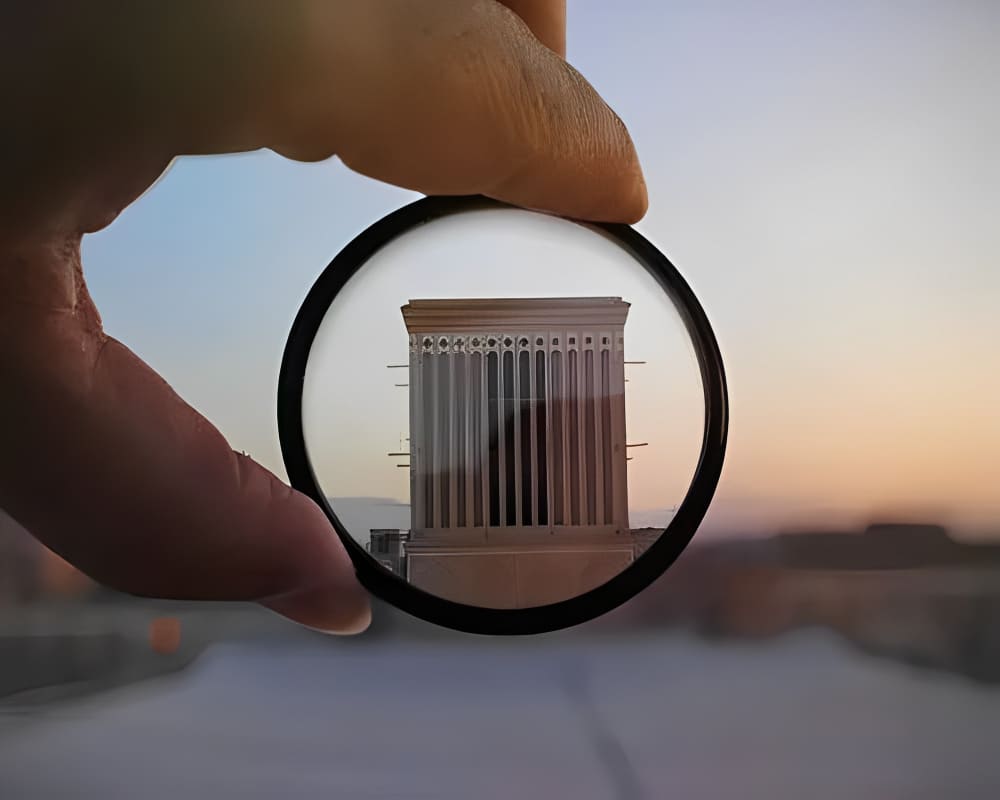
What Is the Use of a UV Protection Lens Filter?
As we mentioned above, the UV protection lens filter is a product of the film camera era. You might be wondering, "But my camera doesn't use film, does it?" That's right, our digital cameras today are not affected by ultraviolet rays and do not require a UV filter to filter out UV rays.
However, UV protection lens filters have not disappeared from the stage of history! Because UV filters are transparent and colorless and hardly change the image effect, their function in the digital age has become that of protecting the lens.
As we all know, if our camera lens is scratched or broken, it will cost a lot of money to repair it! Even if the lens is not damaged by these external "injuries," frequent wiping of the lens with a cloth or lens paper can also damage the lens coating.
Therefore, camera lenses... cleaning them too much is not good, but not cleaning them at all makes them dirty... At this time, people came up with the idea of using a UV protection lens filter as a transparent and colorless "lens cap" to cover the lens 24/7, which would not only protect the lens but also not affect the shooting.
Although most UV protection lens filters also have coatings, they are cheap and easy to install and remove, so they can be wiped without hesitation. You can even remove them and rinse them directly with a tap!
Even if a UV protection lens filter gets scratched by accident, it is extremely easy to replace. If we were to compare it to something familiar, adding a UV filter to a lens is like putting a screen protector on a phone.
In addition, two points need to be clarified:
Firstly, UV filters now only serve a protective function for digital cameras.
Some manufacturers like to claim that their UV protection lens filters can improve image quality and provide comparison images.
For example, the left-hand side of the following image shows the effect without a UV protection lens filter, while the right-hand side shows the effect with a UV protection lens filter, and you can see that the light on the left side of the image has changed.
We cannot say that this is false, but the effect shown in the image is indeed very insignificant in actual use. Therefore, it is better to use a UV filter solely as a protective lens, and not expect any other improvement in image quality.
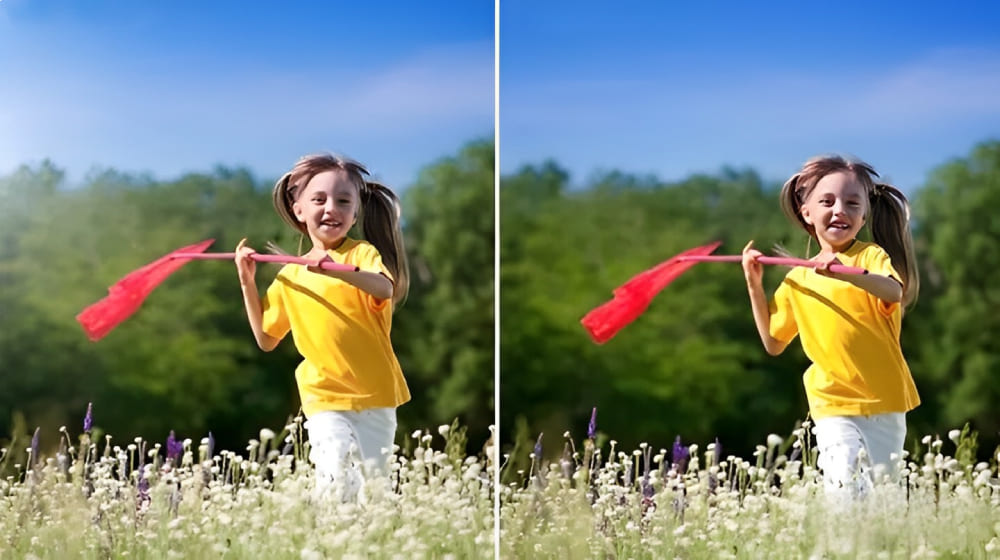
Secondly, there are indeed "protective lenses" on the market.
Protective lenses only serve a protective function and do not filter out ultraviolet rays (digital cameras themselves do not need to filter out ultraviolet rays). Some manufacturers claim that "UV filters are used for film cameras, while protective lenses are used for digital cameras!"
This statement is not entirely incorrect, but the fact is that there are not many filter manufacturers that specialize in making protective lenses, and there are very few protective lens products to choose from. Therefore, UV protection lens filters remain the mainstream in the market.
Here, it is suggested that you do not need to worry about the difference between protective lenses and UV filters.
If there is a protective lens that fits your budget, you can consider it first. However, if there are no protective lenses available, you can choose a UV filter, as the difference between the two is not significant. The following explanation of UV filters also applies to protective lenses.
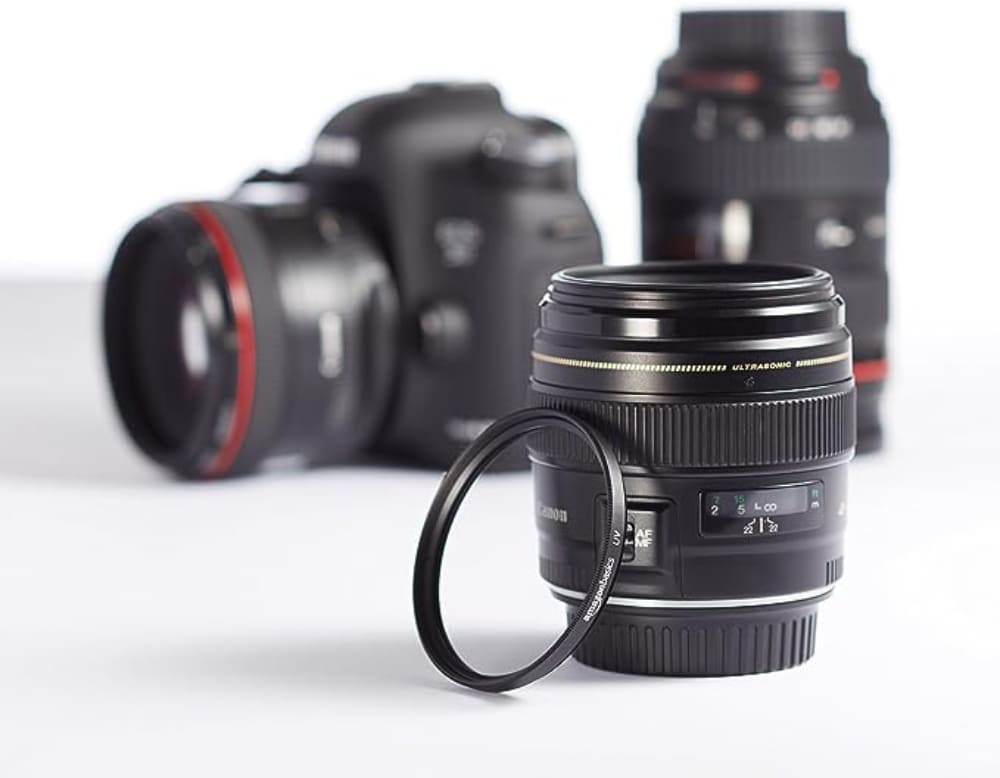
Is a UV Protection Lens Filter Necessary?
The use of UV filters for camera lenses has been a topic of debate in the photography world. Supporters of UV filters emphasize their ability to protect camera lenses, while opponents are concerned about their potential impact on image quality.
As we discussed earlier, UV filters can indeed protect camera lenses. However, opponents have a valid point as any glass, regardless of its quality, can theoretically affect image quality, including inexpensive UV filters.
Nevertheless, professional testing has shown that most high-quality UV protection lens filters from reputable brands have minimal impact on image quality, and any effect is often imperceptible to the human eye. Therefore, we lean towards supporting the use of UV filters.
The decision to use a UV filter for your camera lens is similar to deciding whether to apply a screen protector to your phone. Some people choose to apply a screen protector to prevent scratches or breakage, while others prefer not to use one for a better touch and viewing experience.
Ultimately, it's a personal choice, and there's no right or wrong answer.
However, there are three situations where you may not need a UV filter (although it's still an option):
- If you can easily afford the cost of lens repair.
- If the lens is not expensive to replace.
- If you prioritize image quality over lens protection.
On the other hand, we do not recommend using a UV filter for:
- Fixed-lens cameras that retract the lens when powered off, such as Sony RX100, Canon G-series, or Ricoh GR cameras.
- Special-shaped lenses, such as ultra-wide-angle fisheye lenses or specialized macro lenses.
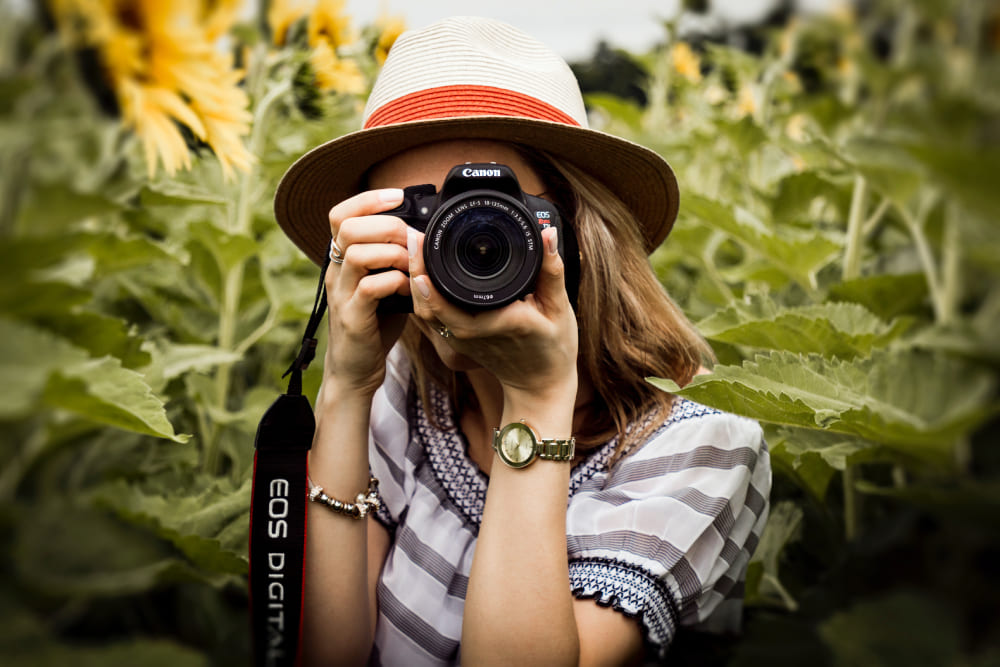
Things to Consider When Buying a UV Protection Lens Filter
1. Don't buy cheap and low-quality UV filters.
As we mentioned earlier, the loss of image quality caused by UV filters is almost imperceptible to the naked eye, but this is true only for "most high-quality UV Protection Lens filters from major brands."
Low-end and low-quality UV filters can have a significant negative impact on photo quality. We strongly advise against using low-quality UV filters.
Some physical stores or e-commerce websites may offer packages that include a variety of accessories (such as UV filters, camera bags, tripods, and batteries) for an additional fee. We generally do not recommend purchasing such packages.
2. Be sure to choose a trustworthy purchasing channel.
Camera accessories such as filters, memory cards, and batteries are notorious for being counterfeit. Filters are particularly susceptible to counterfeiting due to their low manufacturing difficulty and significant price differences between high-end and low-end products.
Therefore, we recommend purchasing from reputable physical stores or e-commerce websites associated with major brands.
3. You don't have to buy the original brand UV filter.
UV filter manufacturing is not the main business of camera manufacturers such as Canon, Sony, and Nikon. Original brand UV protection lens filters usually do not offer high value for money, and using a Canon lens with a Canon UV filter does not necessarily yield better results than using another brand of UV filter.
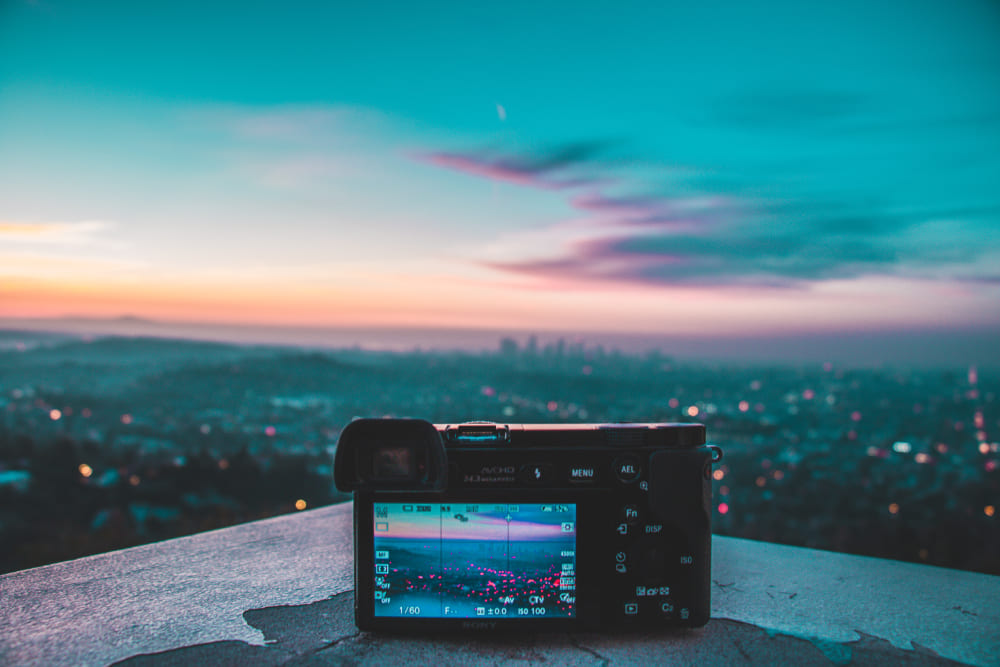
UV Protection Lens Filter Buying Guide and Recommendations
When choosing a UV filter, there are three main factors to consider:
- Brand
- Size
- Price
1. Brand
Here are some well-known brands of UV filters that you can choose from based on your needs:
- B+W
- HOYA & Kenko
- Haida
- Tiffen
B+W
B+W is a brand owned by Schneider Optics, a German optical giant with a century-long history. The filter products are divided into three levels: Basic, Master, and T-Pro. The Master series is their mid-range product line, which offers high-quality filters at a reasonable price.
HOYA & Kenko
These are two well-known Japanese optical brands. HOYA was founded in 1941 and was the first optical glass manufacturer in Japan. However, HOYA's filter business is now handled by Kenko. In a way, HOYA and Kenko filters are products of the same company.
Among them, the Kenko Pro1D series has high sales and a good reputation.
Haida
Haida is a Chinese company that produces a range of photographic filters, including UV filters. Their UV filters are designed to offer protection for camera lenses while maintaining image quality, and are available in various sizes to fit different lenses.
Haida UV filters are known for their high-quality glass and multi-coating technology, which reduces reflections and improves light transmission. They are also scratch-resistant and easy to clean.
Tiffen
Tiffen is a company that makes filters and accessories for cameras. They make different kinds of filters that can change the look of photos or protect the camera lens. They also make other things like camera bags and cleaning tools. Professional photographers and filmmakers like to use Tiffen's products.
2. Size
When choosing a filter, you don't need to consider the camera brand or lens model, but you do need to know the diameter of your lens.
Before purchasing a filter, it's essential to check the diameter of your lens to avoid buying an incompatible filter. To find out the diameter of your lens, you can look for the Φ symbol with a diagonal line on your lens or check the manufacturer's website.
Once you know the diameter, you can easily find a compatible filter to fit your lens (except for ultra-wide-angle lenses with a bulbous front element).
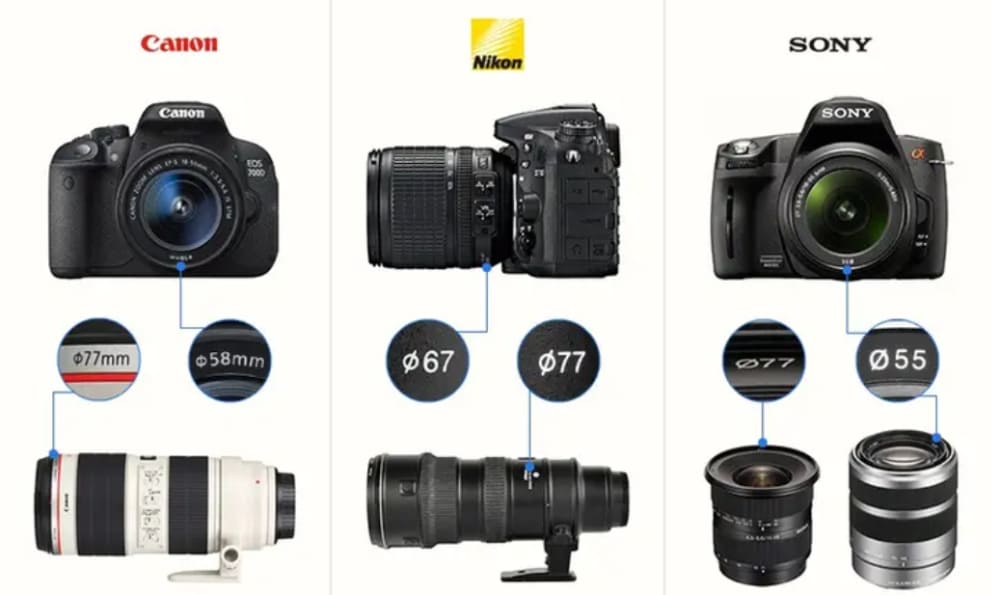
3. Price
A simple piece of glass can have many specifications, such as glass material, frame material, coating technology, and light transmission rate. Generally, it's recommended to choose a lightweight, multi-coated, and high-transmission UV protection lens filter.
However, with so many different advertising claims and specifications, it's not necessarily efficient to research all these parameters.
We suggest looking at the price instead of focusing too much on the specifications. The products from the brands mentioned above are reasonably priced and don't expect a cheap filter to perform as well as an expensive one.
Of course, it's not necessary to buy a very expensive UV filter, as it's a consumable item for lens protection. We suggest following the 10% rule, which means the price of a UV protection lens filter should be about 10% of the value of the lens you're protecting.
Check out the following YouTube video (made by steeletraining) to get a better understanding of UV lens filters:
Final Thoughts About UV Protection Lens Filter
In conclusion, whether to use a UV protection lens filter is a personal choice and there is no right or wrong answer. However, we recommend that beginners use a UV filter to protect their lenses.
Additionally, post-processing is also essential for photographers. However, frequent keyboard and mouse operations while using post-processing software can distract photographers from focusing on their design and creativity.

This is where TourBox comes in handy, as it can help photographers improve their productivity and streamline their workflow.
Overall, whether you decide to use a UV filter or not, it's important to remember that photography is a creative process, and the most important thing is to enjoy the art of capturing images and expressing your vision.